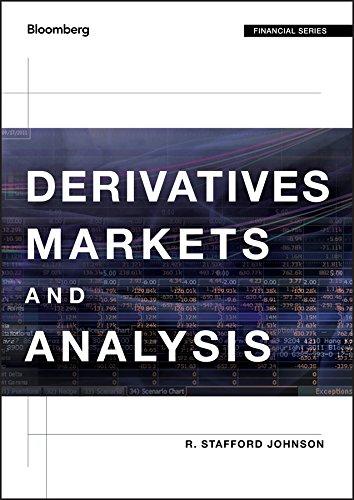Assume two periods to expiration, (u=1.05, d=1 / 1.05, r_{f}=1.02, S_{0}=$ 100), no dividends, and (X=$ 100)
Question:
Assume two periods to expiration, \(u=1.05, d=1 / 1.05, r_{f}=1.02, S_{0}=\$ 100\), no dividends, and \(X=\$ 100\) on a European put expiring at the end of the second period.
a. Find: \(P_{u w}, P_{u d}, P_{d d}, P_{d}, P_{u}, P_{0}^{*}, H^{p}{ }_{u}, H_{d}^{p}, H_{0}^{P *}, I_{u}, I_{d}\), and \(I_{0}^{*}\).
b. Determine the equilibrium price of a comparable call on the stock using the put-call parity model. Is the call price consistent with the binomial call price you determined in Question 3?
c. If the put is American, what would its equilibrium price be?
Question 3:
Assume two periods to expiration, \(u=1.05, d=1 / 1.05, r_{f}=1.02, S_{0}=\$ 100\), no dividends, and \(X=\$ 100\) on a European call expiring at the end of the second period. Find: \(C_{u w}, C_{u d}, C_{d d}, C_{d}, C_{u}, C_{0}^{*}, H_{u}, H_{d}, H_{0}^{*}, B_{u}, B_{d}\), and \(B_{0}^{*}\).
Step by Step Answer:






